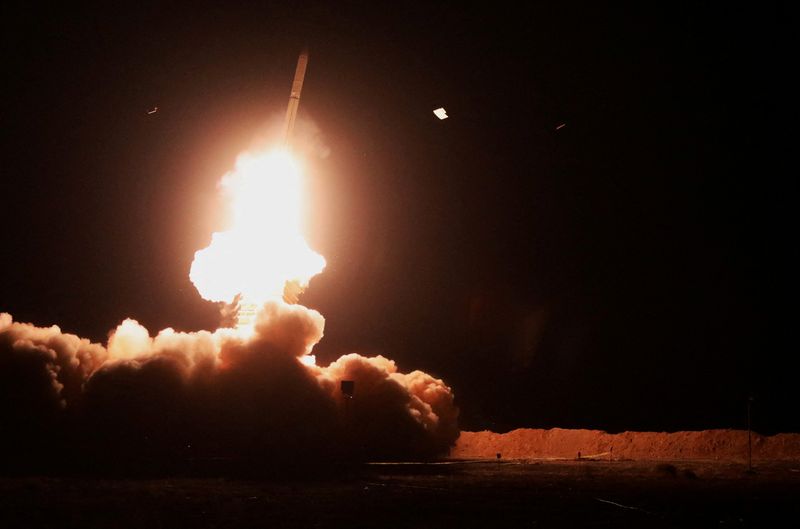Lydia Kibet
2 min read
President Donald Trump recently reduced tariffs on “de minimis” packages, shipments worth less than $800 from China, from 120% to 54%, giving American shoppers a little relief. Despite these rollbacks, consumers shouldn’t expect immediate relief at the checkout counter.
Read More: 8 Items To Stock Up on Now in Case of Tariff-Induced Product Shortages
Find Out: I'm a Retired Boomer: 6 Bills I Canceled This Year That Were a Waste of Money
According to experts, here are the different ways Trump’s tariffs will affect product prices even after rollbacks.
One of the reasons prices may remain high even after rollbacks lies in retailers’ existing inventory. The products sitting on store shelves were likely imported under older, higher rates. That means retailers are still passing this cost to consumers.
“Trump rolling back tariffs at this time doesn’t guarantee that things would no longer be expensive for millions of Americans,” said Aaron Razon, personal finance expert at Couponsnake. “Retailers would continue to pass on the tariff cost from their previous inventory down to consumers in order to stay profitable, and this will keep prices up for consumers.”
Advertisement: High Yield Savings Offers
Powered by Money.com - Yahoo may earn commission from the links above.Retail companies, including Walmart, Best Buy, Adidas, and Stanley Black & Decker, among others, have issued warnings of raising prices due to Trump tariffs, according to a CNN report. The impact on pricing adjustments extends beyond retailers’ existing inventory until negotiations with China reach a conclusive agreement.
Try This: 4 Companies as Much as Tripling Prices Due To Tariffs
Not all products will face the same tariff pressure. The complexity of manufacturing and global supply chains means certain products face persistent price pressures even after tariff reductions.
“The more complex a product is and the more it depends on components from different countries, the more it is subject to price increases due to tariffs,” said Julia Khandoshko, CEO of Mind Money. “For example, microelectronics, which is assembled from many parts imported from all over the world, will be at the greatest risk of rising prices.”
This complexity will likely be an ongoing challenge for manufacturers who rely on multiple imported parts from different countries, which could lead to delays in deliveries and higher costs for consumers.
The 120% to 54% tariff drop might seem like a huge relief for shoppers, but in reality, it’s still extremely high for millions of Americans. For this reason, consumers may not notice much relief at the checkout line.













